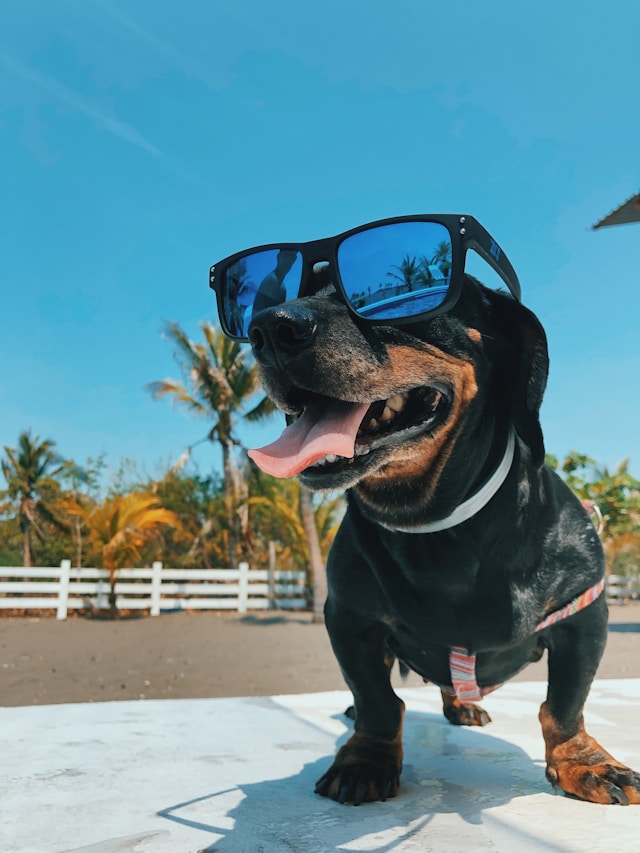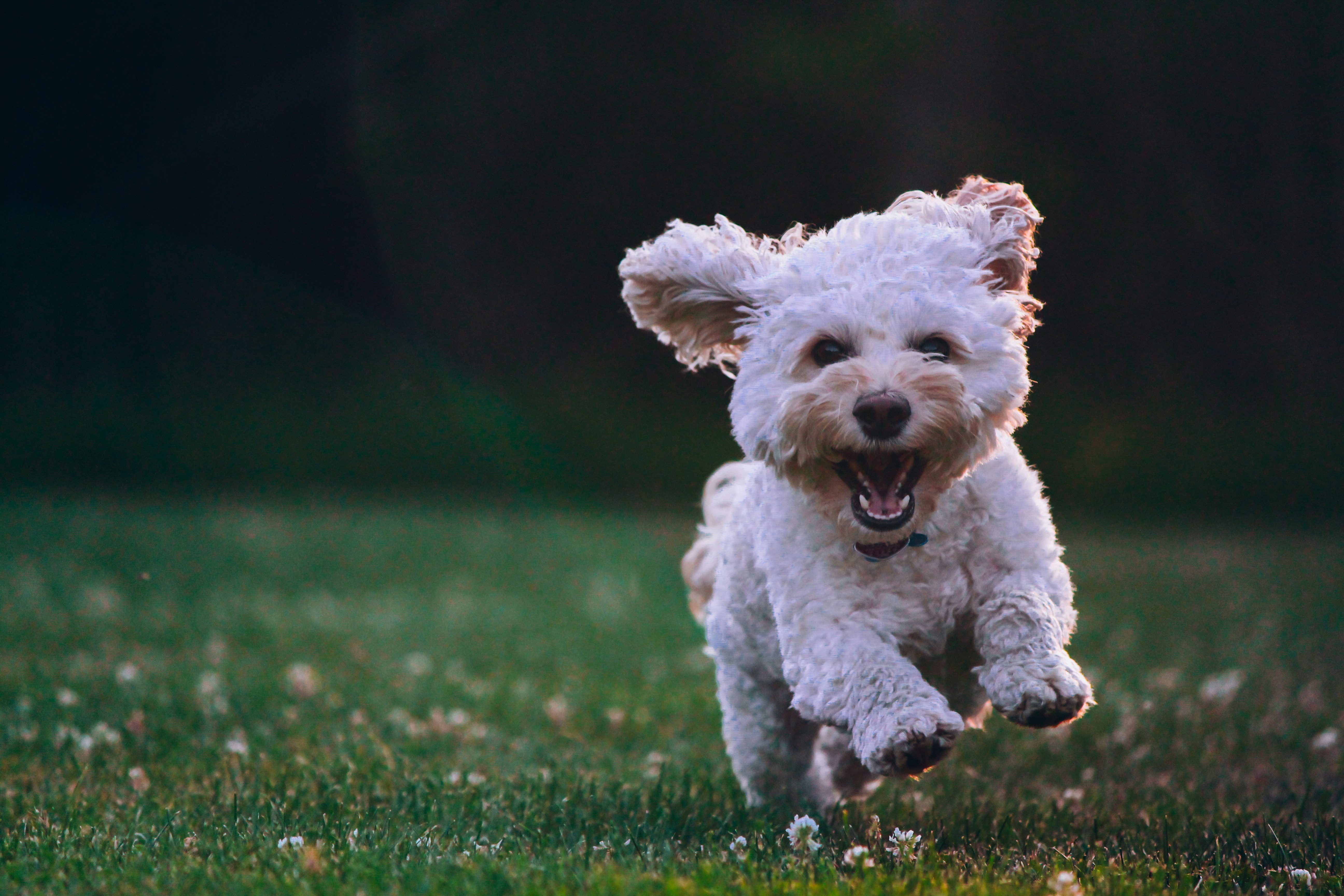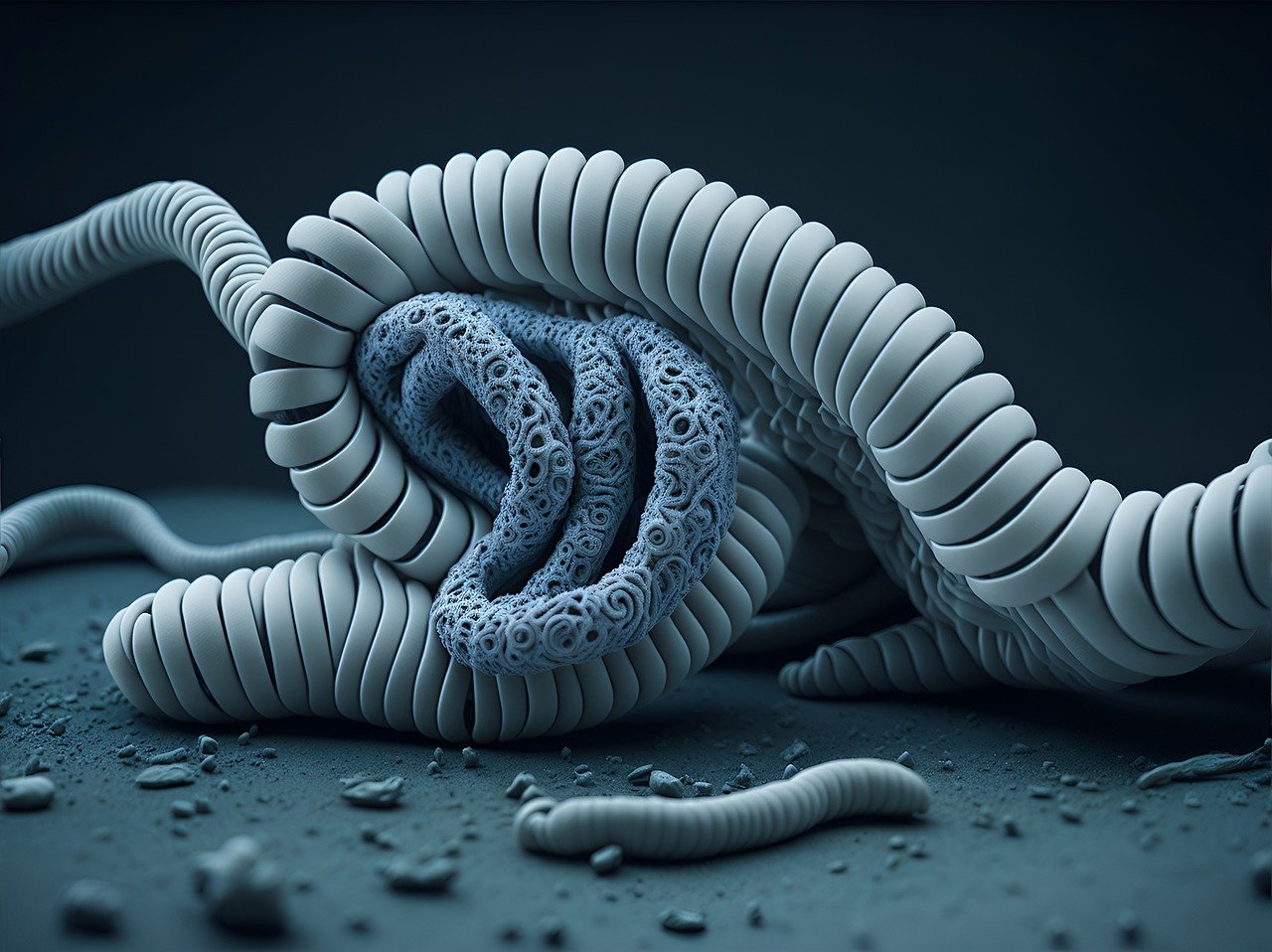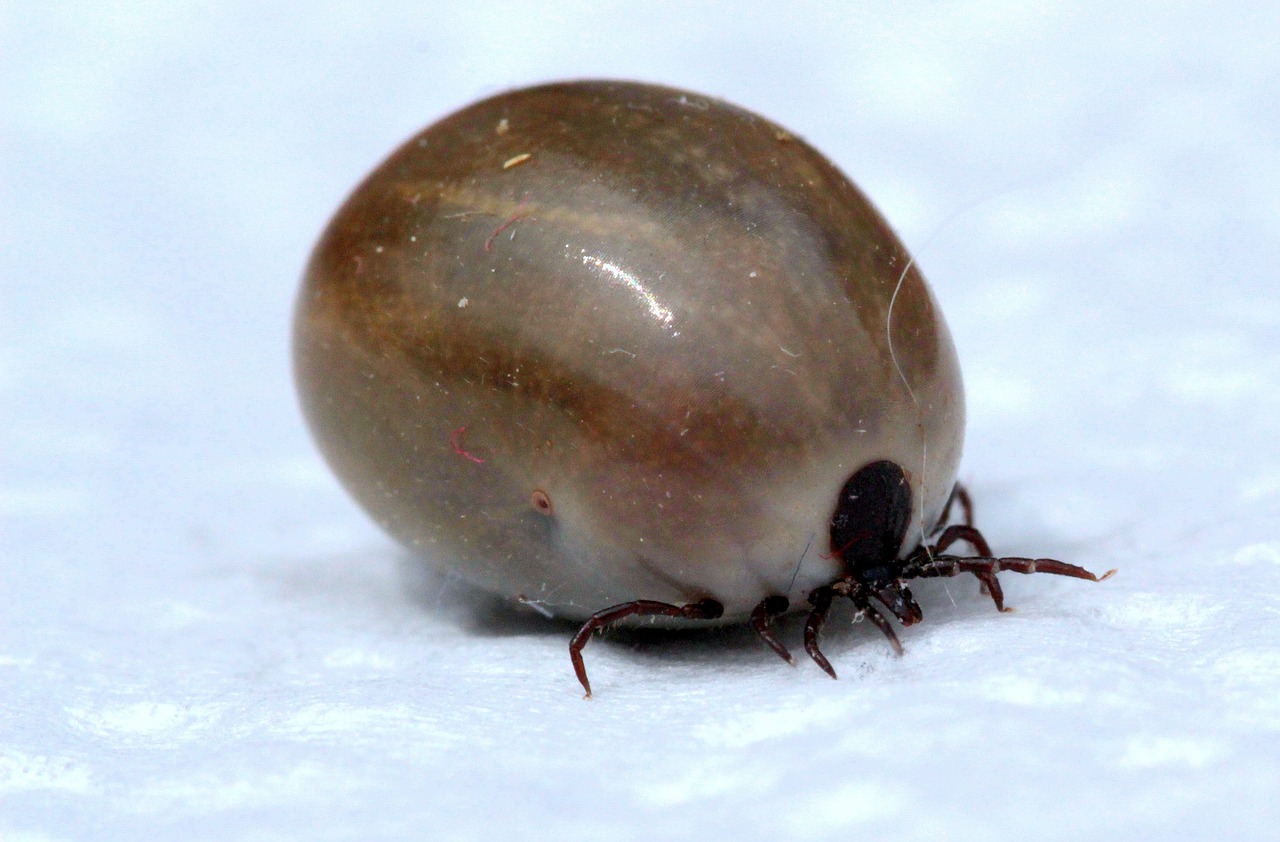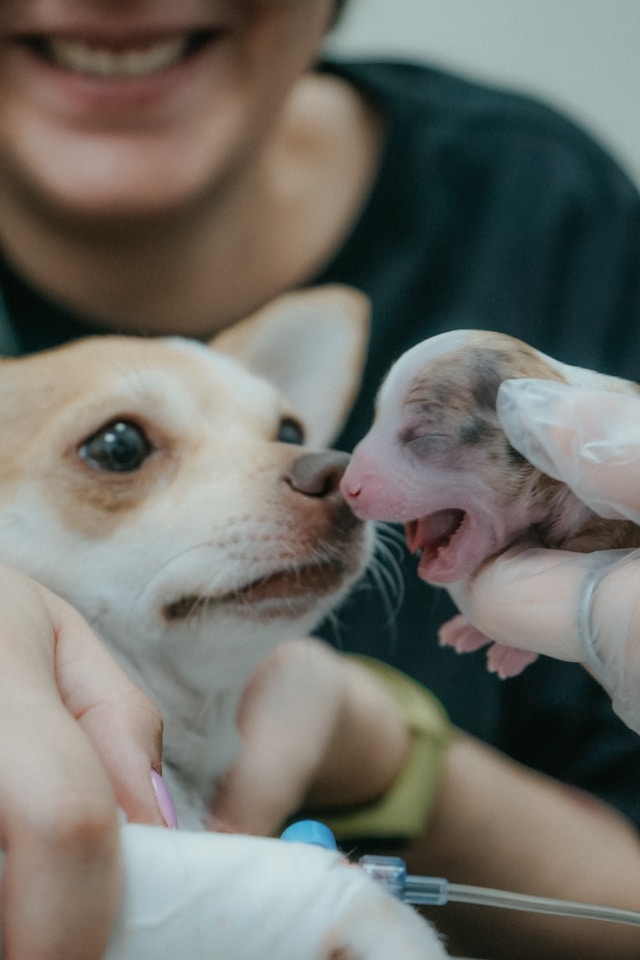Great Dane
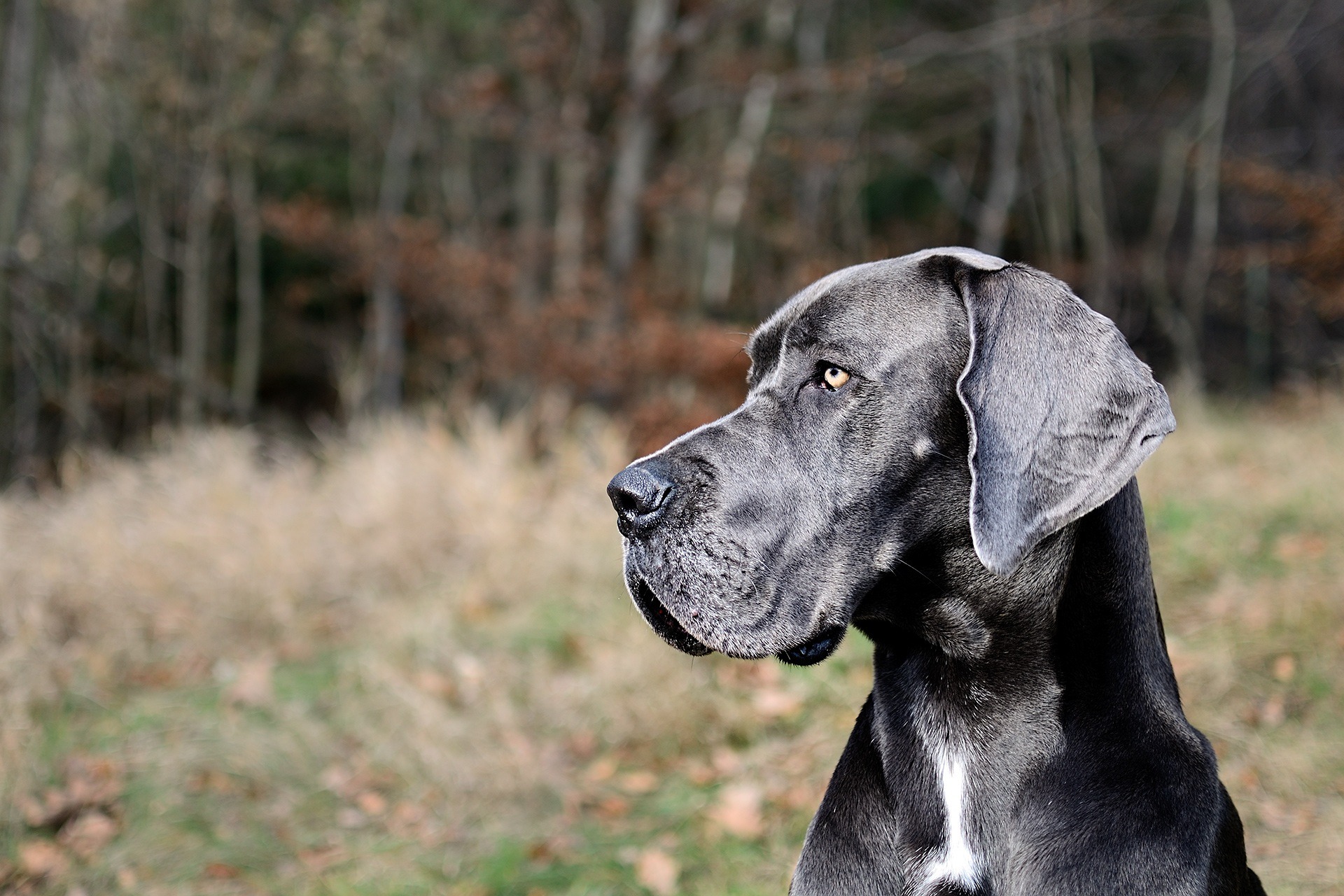
| Official Name | Great Dane |
| Common Name | Great Dane |
| Pet Height | 28 to 32 inches |
| Pet Weight | 110 to 175 pounds |
| Lifespan | 7 to 10 years |
| Good With | cats, children, dogs, families, seniors |
| Temperament | friendly, gentle, outgoing, playful, protective |
| Intelligence | medium |
| Shedding Amount | seasonal |
| Exercise Needs | medium |
| Energy Level | Calm |
| Vocal Level | when necessary |
| Drool Amount | high |
| Breed Group | working |
| Breed Size | extra large (101 lbs. or more) |
| Coat Length | short |
| Colors | black, blue, fawn, gray, white |
| Patterns | bicolor, brindle, harlequin, merle |
| Other Traits | easy to groom, easy to train, suitable for first-time pet owners, highly territorial, prone to health issues, strong loyalty tendencies |
A Great Dane can grow as big as a miniature horse, but don't be intimidated by its large size and muscular build. It's a gentle and affectionate giant, making a fantastic addition to any family. They get along well with kids and smaller pets. Still, you must watch over them to avoid accidentally stepping on smaller creatures.
Because of their massive size, taking care of a Great Dane can be pricey regarding food and vet bills, which can surprise some owners. Jami-Lyn Derse, a veterinarian, points out that people often need to realize how big and costly they can be. If you're looking for a calm, affectionate dog and are ready to invest in their care, a Great Dane could be the right choice.
Great Dane Appearance
The first thing that catches you looking at the Great Dane is its massive size because they stand 2 to 2.5 feet tall at the shoulder and weighs up to 110 and 175 lbs. Their distinctive features include their long, narrow heads, deep-set eyes, and thoughtful expression that says they are pondering the world. According to Jami-Lyn Derse, a veterinarian, these dogs have a majestic air about them – strong, powerful, and friendly.
You might have this image of a Great Dane with a fawn coat and a black snout, but their coats come in various colors. They can be black, black and white, blue, brindle, fawn, or white.
Depending on their coat pattern, a black and white Great Dane might be known by different names. A harlequin Great Dane has a white coat with irregular black patches. A Merle Great Dane has a gray coat with dark patches. A mantle Great Dane is mainly black with some white areas.
When comparing American Great Danes to European ones, the American ones usually have slightly smaller heads and a sleeker build. However, they're still quite similar in many ways.
Great Dane Personality
Great Danes are a joy to have around. They're friendly, pleasant, and full of love. These dogs make fantastic family members, and despite their impressive size, they usually get along well with children, smaller pets, and even cats. Keep an eye on them when they're around little kids, as their big feet might accidentally step on someone. Their nickname "gentle giants" truly fits them: According to veterinarian Jami-Lyn Derse, a well-trained Great Dane is like Scooby-Doo—patient and tolerant even with ear- and tail-pulling from enthusiastic young children.
Although they're known for their calm nature, it's important to remember that Great Danes were originally bred as guard dogs. Sometimes, this protective instinct can kick in. Due to their history and strong bond with their family, they might be cautious around strangers who unexpectedly approach them in your yard or home. Just like with any dog, early socialization is critical. By introducing them to new people and situations from a young age, you'll help them develop trust and comfort around unfamiliar faces and various conditions.
Great Dane Living Needs
Great Danes love company, whether it's from people or other animals. They're not fans of being alone. A spacious, fenced yard allows them to roam around comfortably. However, even if you don't have a big yard, it's okay if they get their needed exercise (like two or three daily walks). They're large dogs, but they don't have endless energy. Veterinarian Jami-Lyn Derse mentions that despite their size, she often finds them lounging on the couch.
Surprisingly, Great Danes can overexert themselves. They overgrow, which is why the Great Dane Lovers Association of Western Australia advises waiting until your pup is around 18 months old before taking them hiking or jogging. This helps protect their developing joints.
Great Dane Care
Great Danes are massive dogs, and that size can bring some extra expenses. They eat more food than smaller dogs; if they need medication, it often requires more significant doses. Surgery and anesthesia costs can also be higher due to their size. So, before getting a Great Dane, it's essential to consider the potential costs, as they can be pricier to care for.
Their short coat is easy to maintain, but they shed, especially in the spring. Brushing them weekly all year round and daily during shedding season can help control the hair. They'll need baths from time to time and regular nail trims. And to note, if you like things tidy, Great Danes do drool quite a bit.
Great Dane Health
Like many larger dog breeds, Great Danes can face various health issues. According to Derse, it's essential to understand that Great Danes overgrow and can develop diseases even when relatively young. Their lifespan is generally shorter, around 7 to 10 years. This means they don't live as long as smaller breeds, and it's crucial not to have unrealistic expectations about their lifespan.
One of the significant health risks for Great Danes is gastric dilatation-volvulus (GDV), commonly known as bloat. This severe condition happens when a dog's stomach fills with air and twists, putting pressure on other organs. Derse explains that because Great Danes have a large chest and deep abdomen, their stomach has extra space to get around, making them riskier to toss when doing activities such as playing or running.
Thankfully, bloat can be avoided through surgery. Derse recommends that owners of Great Danes think through the surgery early to prevent a life-threatening emergency. Moreover, these breeds are also at risk of heart and eye problems, hypothyroidism, hip dysplasia, and autoimmune thyroiditis. Great Dane owners must consult their veterinarian for guidance and advice to promote better health and minimize risks.
Great Dane Exercise Requirements
If you want these breeds to be healthy and happy, give them enough daily exercise. You can do regular walks at the park or neighborhood and playtime, which can be enough for grown-up Great Danes. It will be best to discuss with the vet the proper kind of exercise this breed needs.
It is also recommended to avoid extreme or tedious activities, such as running or jogging until they mature at around 18 to 24 months. These activities can harm their developing bones and cartilage, leading to pain and future joint problems.
You can also give them activities that enrich their mental health, such as interactive toys or food puzzles. Not sharing your Great Dane sufficient exercise will result in restlessness, which may lead to behavioral problems.
Great Dane Training Tips
Begin training and socializing these breeds when they are still young. To ensure a positive training experience for these breeds, spending time and effort is essential in using positive reinforcement training techniques. This will help them comfortably meet new people and avoid becoming too protective in various situations.
Great Danes are sensitive to ways that will include punishment, which may eventually impair the relationship with their owners and cause unnecessary behavior problems.
Great Dane History
One might think that the name "Dane" came from Denmark, but this dog breed is from Germany. They're known as the Deutsche (or German) dog in Germany.
Initially, they were bred to be boar hounds and to guard estates and carriages. However, by the late 1600s, German noblemen started producing them as pets. Nowadays, they are more commonly seen as loyal companions rather than used for hunting.
In 1887, the Great Dane was officially recognized as a breed by AKC (American Kennel Club), and it's still one of the top 20 most popular breeds in the United States.
Great Dane Fun Facts
Cartoonists are fond of Great Danes. Famous fictional characters like Scooby-Doo, Astro from "The Jetsons," and Marmaduke belong to this breed.
It's not just cartoon characters who love Great Danes; real people do too! Politicians, athletes, and celebrities have all shown their affection for these dogs. Some notable owners include Chubby Checker, Fabio Lanzoni, Mario Andretti, Jim Carrey, Bruce Lee, Greg Lougainis, and even President Franklin Delano Roosevelt.
In 2011, a Great Dane named Zeus from Otsego, Michigan, made it into the Guinness World Records as the "Tallest Dog Ever (Male)," with an immense height of 3.66 feet and weighing 155 pounds. Standing on his hind legs, he reached an extraordinary 7 feet, 4 inches. Zeus had quite an appetite, consuming 30 pounds of dog food every two weeks. Sadly, he passed away in 2014 at the age of 5.
If you're curious, various Great Dane hybrid breeds are also available. For example, you have the Labradane, which is a mix of a Labrador retriever and a Great Dane, the Boxane (a blend of boxer and Dane), and even the Great Poodane, which combines a Dane with a poodle.
Get insurance plans with wide-ranging coverage options








